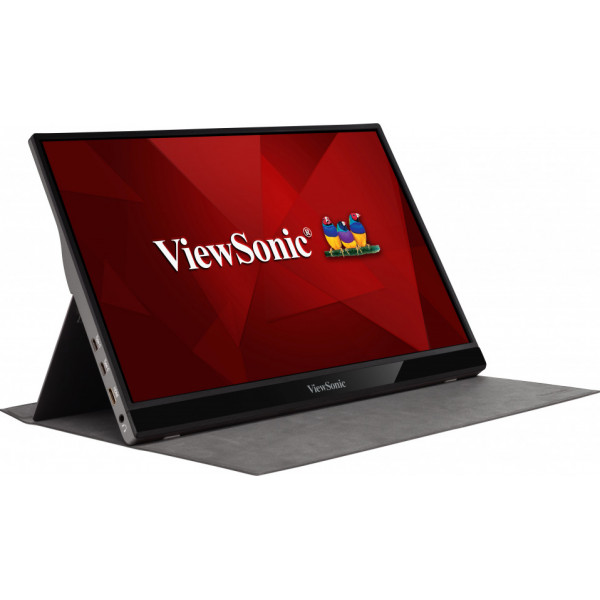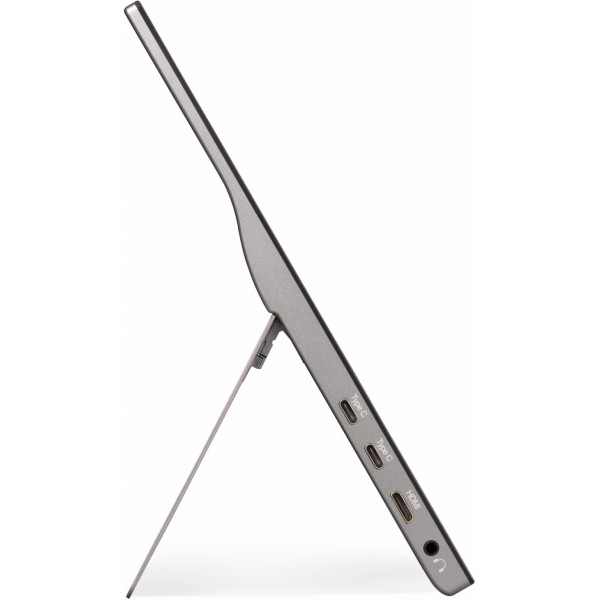Yearly planning. Goals. Themes. It’s that time of year again. A time to decide what type of system you might subscribe to, align with, or have a go at this year. At times, the superimposed complexity we add to reviewing the year’s end and planning for the next can be stifling. We force our way into a system or way of thinking we’d read or heard about, only to be left with more uncertainty rather than a clear, well-defined path. Go on, ask me how I know…
With the opportunity comes the dread.
So Far
Over that quiet, relaxing Christmas/New Year Period, I entertained the following, amongst other things:
- reading The 12 Week Year
- watching introductory Obsidian tutorials
- testing Good Notes incorporating the Apple Pencil
- considering Yearly Themes
- compiling my thoughts around personal retreats
- reading Feel Good Productivity
- kicking the tyres on my “PKM Stack”
Some of the above remain ongoing, as you might imagine, and the irony of my introductory paragraph when compared with the list above is not lost on me. That said, it wouldn’t be this time of year without such a list…
Guiding light or railroad
Of course, without some sort of intention, we are just meandering through space and time. Yet, at the same time, perhaps a simple list will do. Or maybe three?
- More of this
- Less of this
- Try this
Wait… the year of the list perhaps?
In recent years I have tended to have a somewhat meandering January followed by some kind of realisation (epiphany?) at the start of February, and then we’re underway. In seeing the same pattern develop again this year, I will simply embrace that and begin whatever it is I settle upon in late January or when the calendar turns over to February.
The journey probably is the destination
Is a successful and robust “system” really a process, or some sort of completed state with a finite end point?
The distinction between having arrived versus being at your destination is likely important. One is simply a point in space (and perhaps time) — a finite conclusion. The other? Well, I think it infers some kind of arbitrary achievement in concluding whatever journey you were on. Perhaps there are others at the same destination; however, no-one can take that journey and arrive for you. That is for you and you alone. Here I am. I’ve done the work to get here, and my arrival marks the conclusion of that.
The problem is, maybe we never really manage to arrive at the destination we’ve set? What if the destination is sufficiently vague to the point where perhaps I arrived 2 years ago (hardly…) or I’m unknowingly powering along to somewhere I’ll never get to. Worse still, what if that destination wasn’t quite right all along, and now here we are and well… it’s a little underwhelming at best?
All that being what it is, if you never ask the question; do the work; consider your options; engage with the journey; then sure, that’s a guarantee you’ll never arrive. It only takes one thing, something, to make it all worthwhile, and you’ll often find that along the way rather than at the destination. I think it’s in accepting the journey never really ends is where the real magic lies.
Keep moving, keep evolving and learn along the way. Ask questions more about where you are now, where are you going, and embrace the journey as the destination. Going through the process is what’s likely needed to improve things. The destination being a perfect system that works all the time and never needs to change? A false god.
Tried and filed
Yes, correct. That’s filed, not failed. I’m a firm believer in that the best approach at any given time may be one you’ve used before and moved on from, only to consider returning as the situation dictates. You’ve got runs on the board. You know how it works and why it would or wouldn’t align with your current needs. Experience counts.
Maybe it’s just the thing to extricate yourself from a situation of overwhelm. Or at least inform your next steps. The airlines had it right all along: “remember, your nearest exit may be behind you…”
A perfect way to avoid yet another foray into a “new” system, which may take a good few months to really bed down.
Just a thought…
My experience has seen me in and out of a few “systems”. Twice filed Bullet Journal escapades (notwithstanding my analogue adoration, there was just too much digital in my life to make this work). A few years running the Theme System and associated journal (I was always too specific in theme and didn’t check in/reset often enough).
There are probably a few more that escape me currently, though my daily journalling habit is something which hasn’t waned over the past few years.
This Year
…to save me from tears — or at least undue stress and anxiety about what I’m going to use, things are a little less systematised, so to speak. That said, I do tend to ruminate a little through January on various topics, themes, plans, and the like (as you can see by that So Far list above).
Funny thing is, between the commencing the initial draft and completing this post (a period spanning much of January), I did manage to organise my thoughts a little better. I must thank you for allowing me to write through this out loud — always the best way to find yourself at least closer to, if not at the very foot of, a solution or answer.
I wish you well on whatever plan or system you might be embarking on this year. May it be a runaway success. If not, the tried and filed category will still serve you well for years to come.






 Depending on who or what you follow online these days, you‘ve likely seen
Depending on who or what you follow online these days, you‘ve likely seen 


 Regular readers of the site would be aware
Regular readers of the site would be aware 
